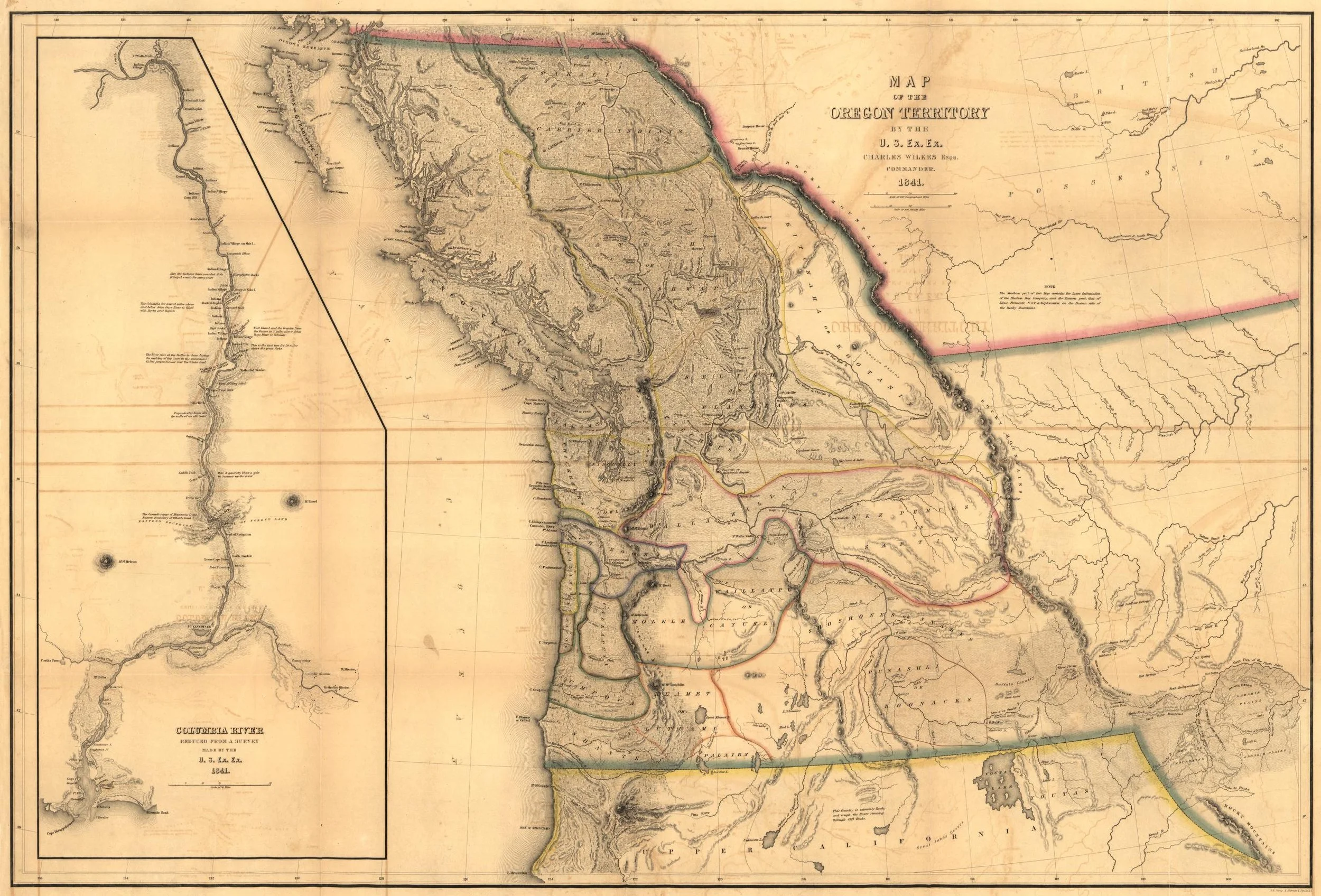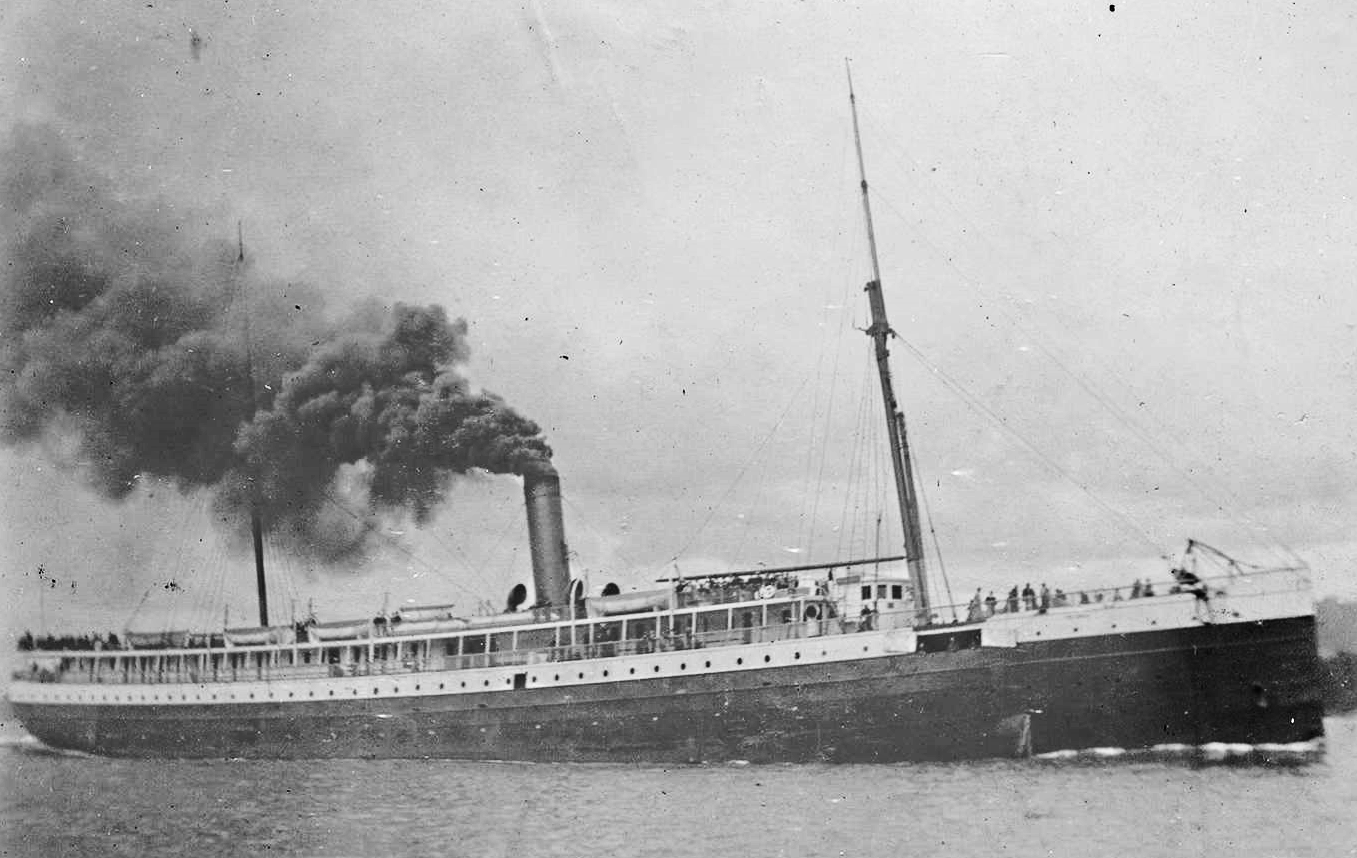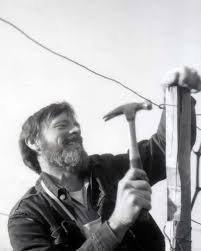La Butte
Champoeg Vineyard, the home of Domaine Mathiot (Maht-YO), is located on a hillside in historic Butteville, Oregon. This hillside, known to early settlers as “La Butte,” is where the neighboring sternwheeler stop got its name: Butteville.
The vineyard property, which encompasses part of La Butte, was originally claimed by Jean-Jacques Mathiot as a “Donation” under the Oregon Donation Land Claim Act of 1850. On September 25, 1855, Claim No. 1809 was registered by J.J. Mathiot for 320 acres, providing his Americanized signature: John. J. Mathiot.
THE MATHIOTS
Landing in New York around March 1842, the Mathiot family originally settled in Ohio. There, the family farmed 100 acres of a 175-acre farm, with J.J. making multiple attempts to plant a vineyard. Unfortunately, the vines froze every year, preventing him from cultivating a successful vineyard.
In 1852, after reading extensively about the Oregon Territory, J.J., along with his wife Catherine and their seven children—Eugiene, Adolphe-Aurelle, Edouard Silas, Pierre (Peter) Emile, Céphalie, (an unnamed child), and Angeline (the last three having been born in America)—sold their farm and left for the Oregon Territory in October 1852.
a different oregon trail
The Mathiots did not travel by way of the Oregon Trail. Instead, they traveled south to New Orleans from Cincinnati by steamboat. Leaving New Orleans on Christmas Day 1852 aboard the Daniel Webster, they headed to Nicaragua. In Nicaragua, the family traveled by river and mule to the Pacific side of the country. They boarded a ship in San Juan del Sur and made their way to San Francisco, with a brief stop in Acapulco, Mexico, arriving in San Francisco on January 15, 1853.
After a short layover in San Francisco, at the height of the San Francisco Gold Rush, the family boarded a steamer named “Columbia” and landed at “B” Street (now Burnside) in Portland, Oregon, days later.
After arriving in Portland, Oregon, the family took up residence in “The Willamette House,” a short distance from where they landed. Due to illness within the traveling party, J.J. rented a single-room house at Yamhill & 2nd St., which was the far western part of town. There, the family stayed while J.J. traveled “up country” on foot to make provisions for them. After being away for several days, he returned, having found “good country.”
The family packed their belongings and traveled south on the Willamette River to Canemah (Willamette Falls). From there, it only took a day to reach Butteville. The family of French immigrants was welcomed by a community of French Canadians and other settlers of the French Prairie.
The S.S. Columbia unknown date
Old Vineyard
After claiming the land in 1855 and working tirelessly for three years with his sons to clear “La Butte” of timber, his son Adolphe “donated” $600 he had earned as a carpenter for the family vineyard fund. J.J. made the first of two trips to California in 1858 to purchase grapevines, which were planted on “La Butte” later that year. Unlike his attempts in Ohio, this attempt was successful. The following year, 1859, Adolphe once again contributed to the vineyard fund and traveled with J.J. to California to purchase $800 worth of vines.
Known as the largest vineyard in the state prior to Prohibition, the Mathiot vineyard at “La Butte” pioneered the first commercial vineyard in Oregon by selling grapevine clippings, producing wine, and exporting out of State.
Weekly Oregon Statesman 8/18/1859
Add in The Oregonian 1860’s
La Butte Today
In 1974, Jack Myers, a talented artist with a passion for wine, set his sights on La Butte. Having had a successful career as the owner of an ad agency in Portland, Jack’s second act was to be a pioneer in the planting of "early" Oregon vineyards. He and his wife Miki helped plant and establish Anderson Family Vineyard, Veritas Vineyard, and Coral Creek Vineyard. This location, which they named Champoeg Vineyard, however, was their personal vineyard.
The first Pinot Noir vines (Pommard & Wädenswil) were planted in 1974, with further plantings of Riesling and Chardonnay. These are the vines visitors can see today when they visit Domaine Mathiot at Champoeg Vineyard.
While planting the vineyard in 1974, Jack uncovered a grapevine “growing wild” on the hillside. He continued to discover more until he realized he was attempting to plant a vineyard on top of another vineyard. Cuttings were taken from the “wild” vines and were determined to be Pinot Meunier, presumably planted in 1858 by J.J. Mathiot & Sons.






